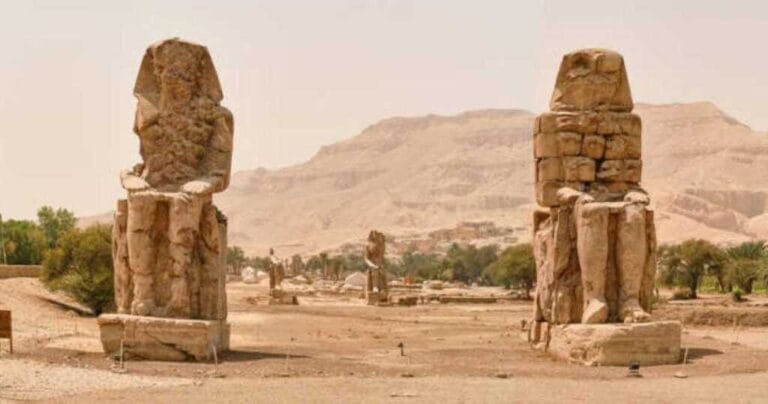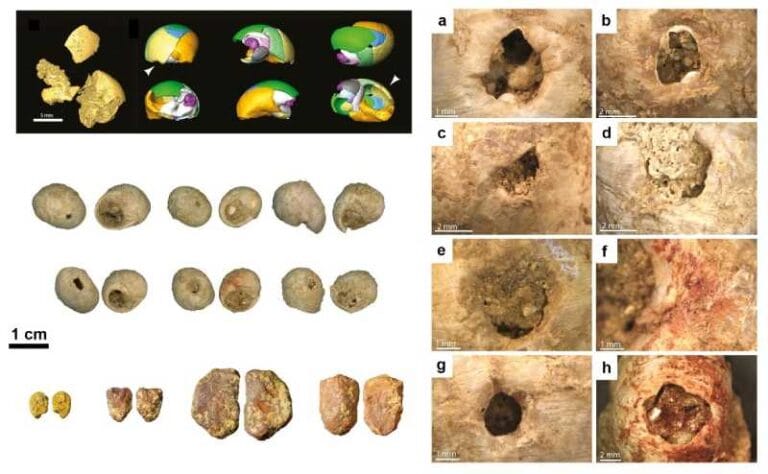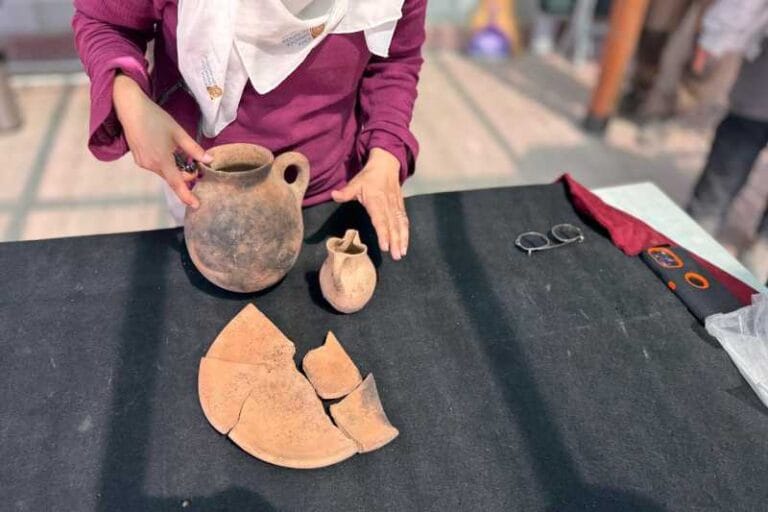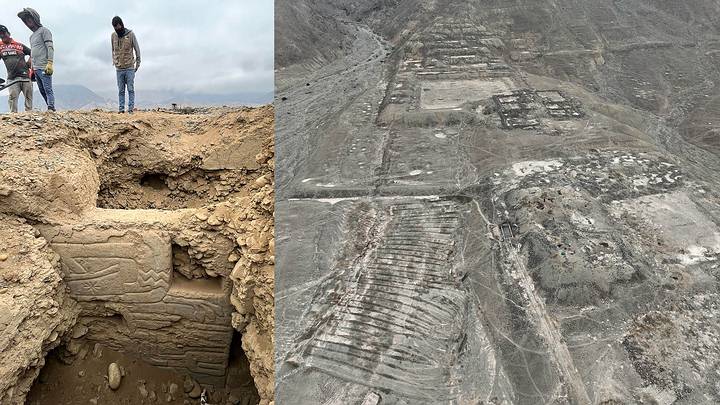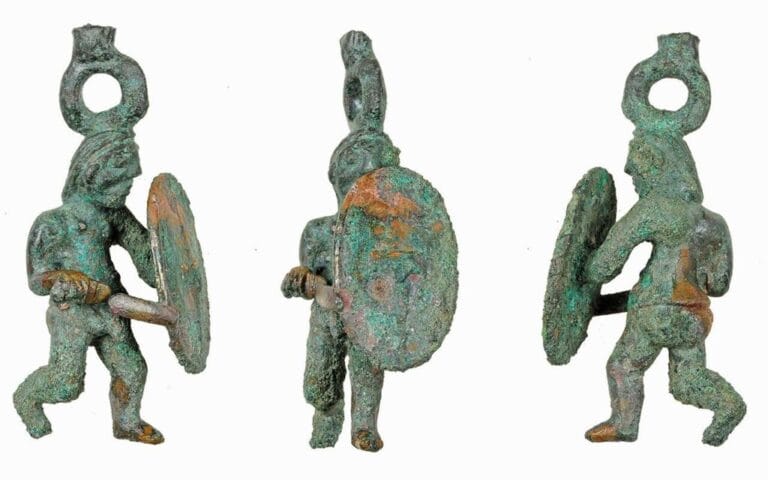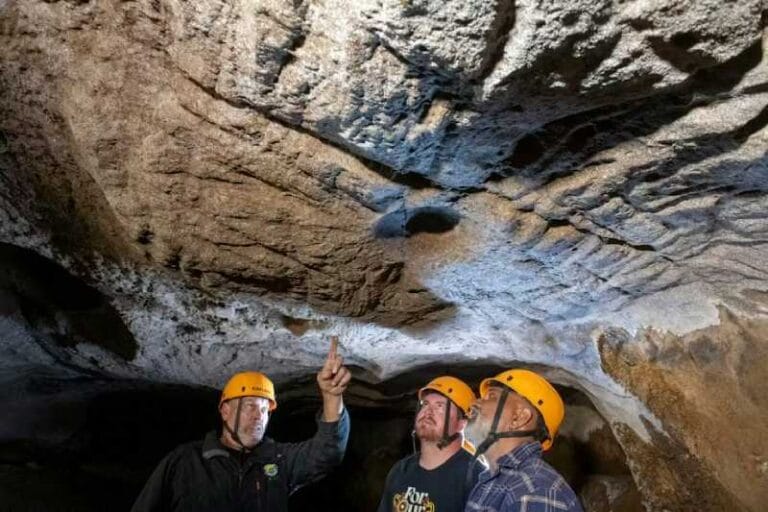Iron Age Public Complex Discovered in the Ancient City of Sogmatar, Türkiye
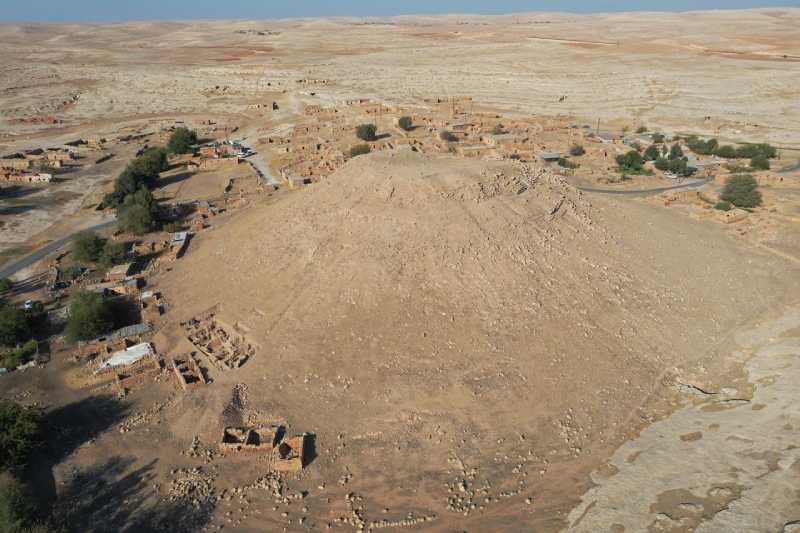
ŞANLIURFA, Türkiye – Archaeologists in the ancient city of Sogmatar, located near the rural neighborhood of Yağmurlu in Eyyubiye, Şanlıurfa, Türkiye, have uncovered a public building dating back approximately 3,000 years, belonging to the Iron Age and associated with the Neo-Assyrian period. This significant discovery, part of the Ministry of Culture and Tourism’s “Heritage for the Future” project, sheds new light on the history and cultural importance of this millennia-old region.
Discovery Details
The excavations, ongoing for about four years, are led by director Suheyla İrem Mutlu. The team has been working both on the 23-meter-high mound—a hill formed by layers of settlement over long periods—and in the surrounding necropolis, a cemetery area that often contains rock-cut chambers, sarcophagi, and monumental tombs.
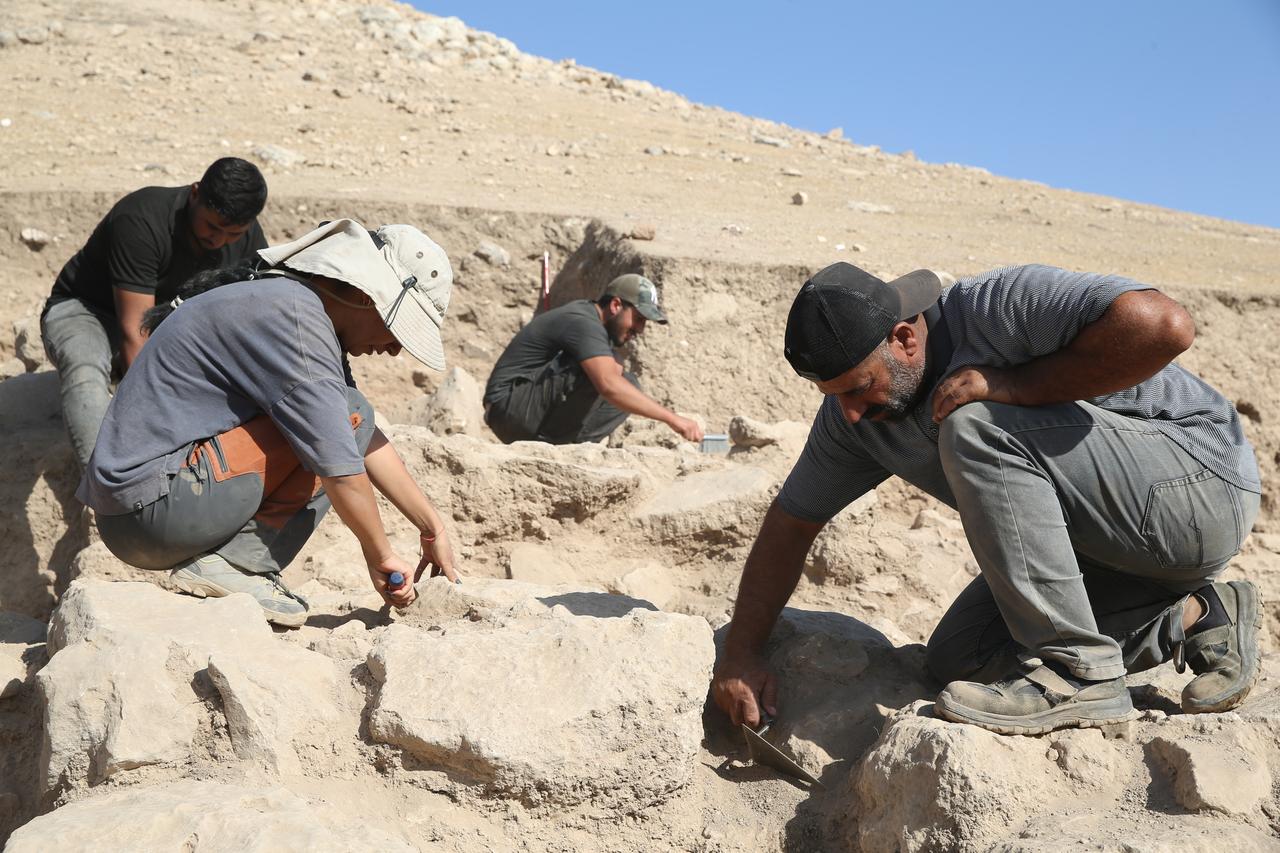
The newly discovered public complex consists of seven distinct rooms. Each room preserves walls approximately 2 meters high and about 1 meter thick, demonstrating the scale of Iron Age construction. Mutlu emphasized that these findings extend Sogmatar’s occupational history back to the Iron Age and highlight the need to evaluate the city as a whole—mound and necropolis together—to understand its development over time.
Sogmatar: An Ancient Center of Worship
Sogmatar is recognized as a sacred center throughout history, notable for its reliefs of the Moon God Sin and the Sun God Shamash, as well as extensive rock-cut tombs. The city, also known as Sumatar Harabesi, served as a water point for semi-nomadic peoples in the Tektek Mountains and has a history dating back to 2000 BCE, although the ancient city itself is dated to the 2nd century CE.
The worship of the Moon God Sin was prominent in Sogmatar and in nearby Harran. Syriac inscriptions from the 2nd and 3rd centuries CE found at the site refer to the “Lord of the gods,” interpreted as the Moon God Sin. In Harran, the cult of Sin dates back to the early 1st millennium BCE and continued until the 4th century CE.
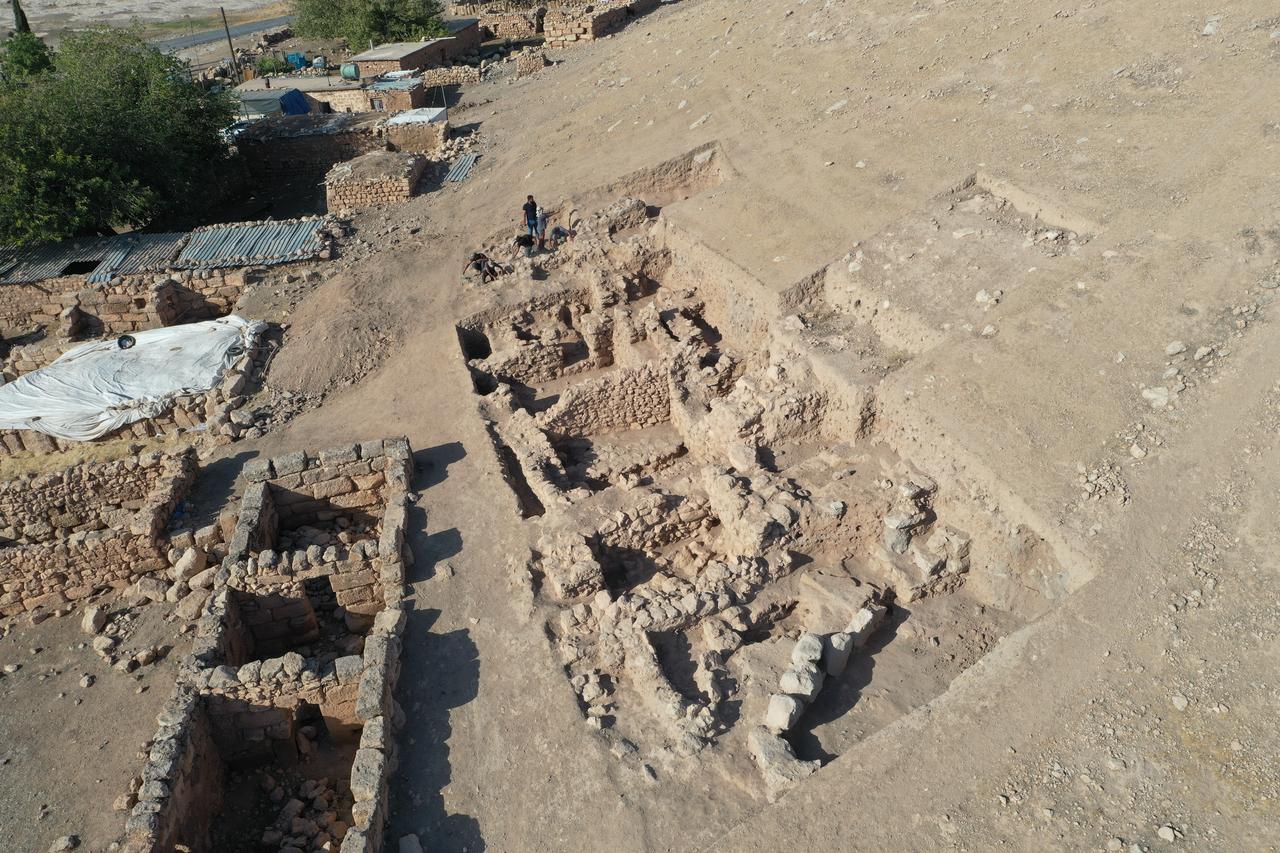
Rock-Cut Tombs and Elite Burials
So far, the team has identified 83 rock-cut tombs, spanning periods from the Roman era to the Early Bronze Age. Two distinct types of tombs were observed: Early Bronze Age shaft burials (around 2400 BCE) and more elaborate stepped-entry tombs from the Roman period. Mutlu suggests that the necropolis likely served a high-status, elite community.
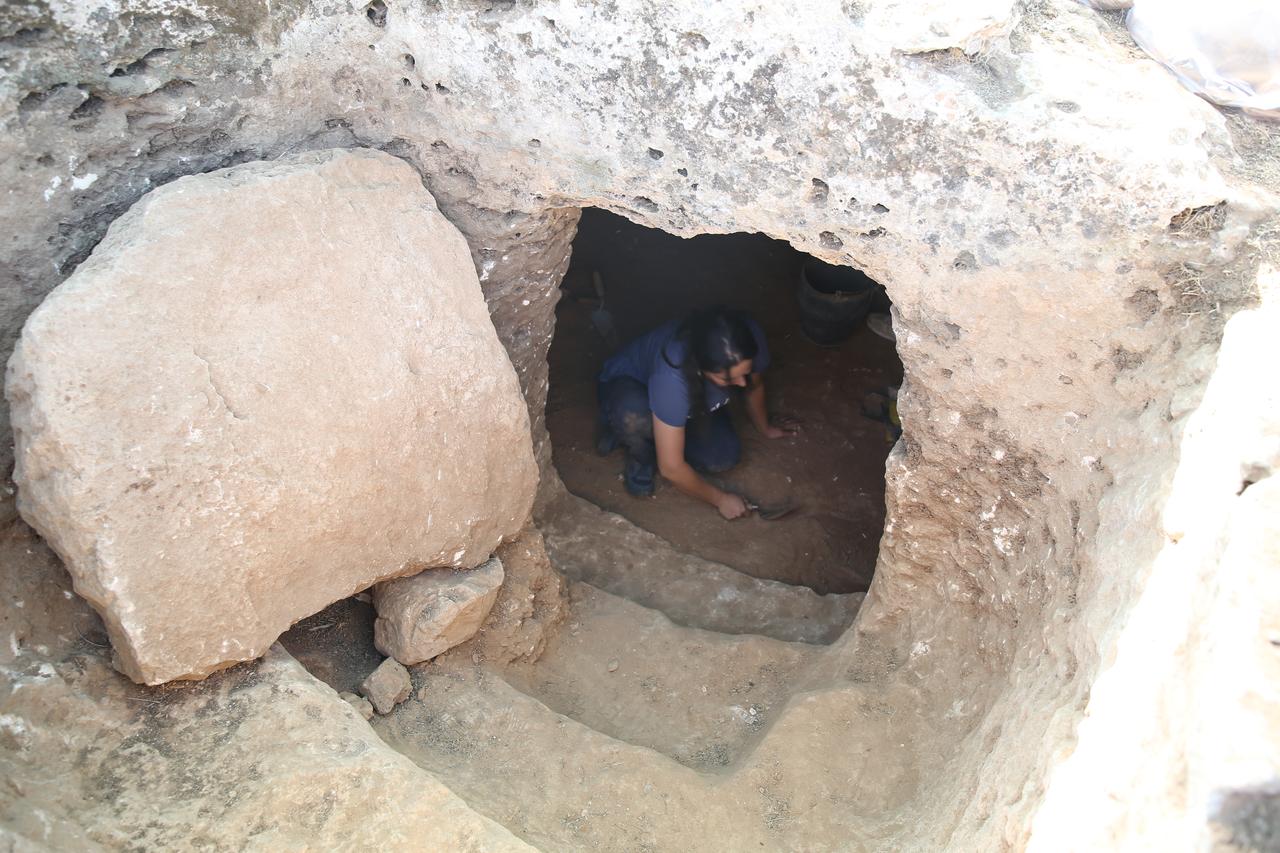
Archaeological and Historical Context
The excavations in Sogmatar are coordinated by the Ministry of Culture and Tourism, with support from the Director of the Şanlıurfa Museum, Celal Uludağ, and archaeologist Semih Mutlu of Harran University, along with students. The Tektek Mountains region, where Sogmatar is located, also contains important Neolithic centers such as Karahantepe, Harbetsuvan, and Kurt Tepesi, highlighting the area’s rich historical tapestry.
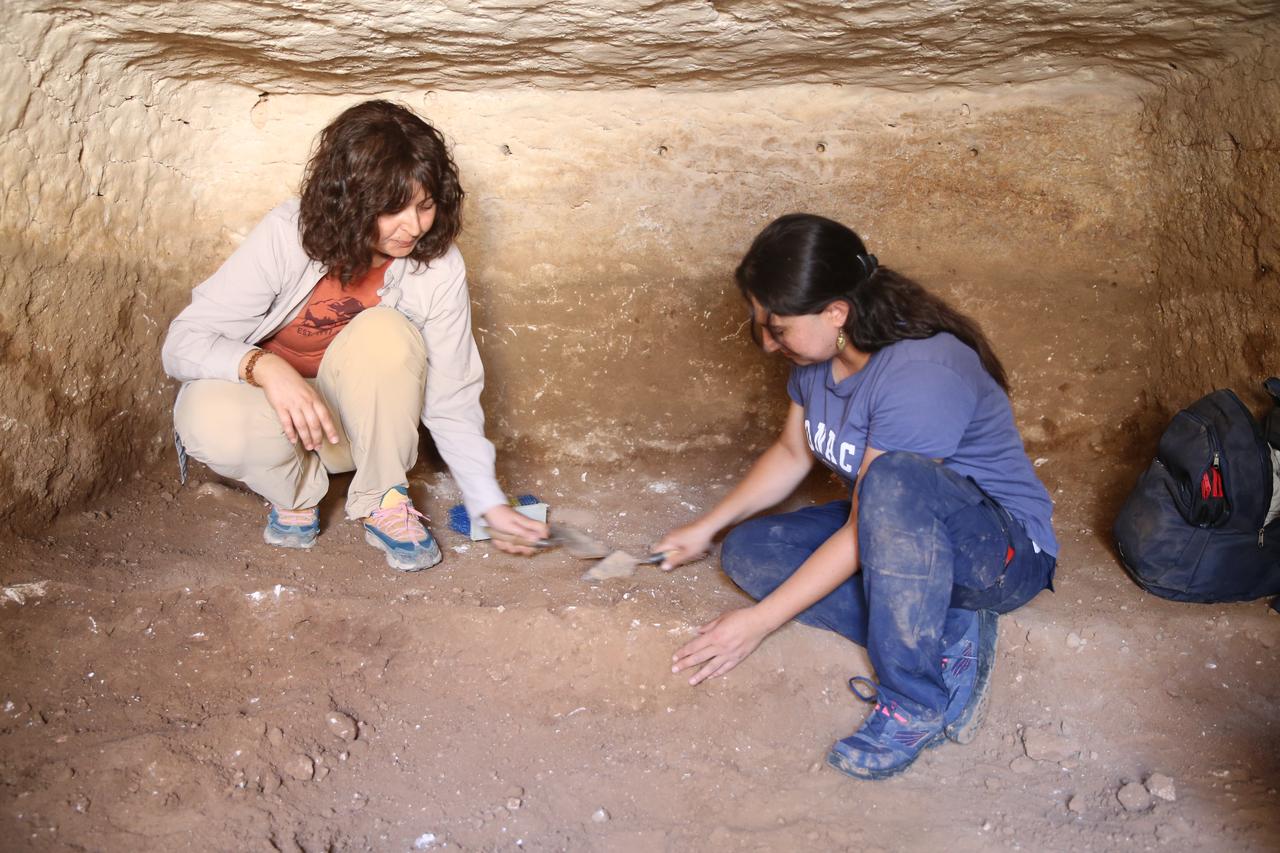
The discovery of this Iron Age public complex in Sogmatar not only expands our understanding of the chronology of human occupation in the region but also underscores Sogmatar’s continued importance as a site of religious and cultural significance over millennia.

